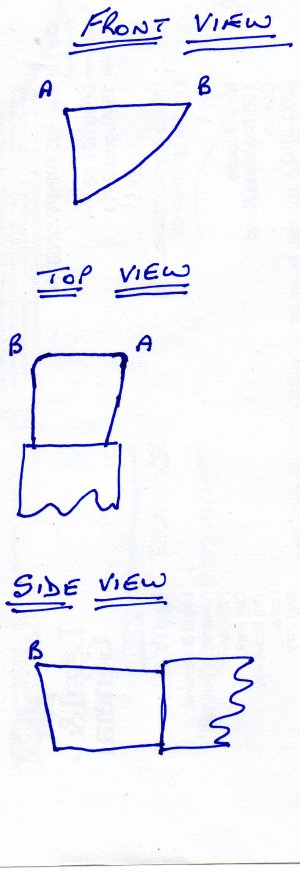If you'd rather buy that make, I recommend Iscar. I use one of theirs.
http://www.iscar.com/Ecat/familyHDR.asp/fnum/169/app/54/mapp/TG/GFSTYP/M/type/1/lang/EN
You pick the radius range for your part. It uses common cut-grip inserts.
There is another way to make one if you have deeper needs. It requires a round bit of tool steel. I have one here somewhere I made years ago out of CPM-10V. Essentially, it is turned round, slightly smaller than your major diameter, and bored eccentric slightly larger than your minor diameter, and deeper than your proposed face groove. Mill a slot on center all the way to the front end with the edge at the thickest part of the eccentric. Mill away about 75% of the tube you've made, leaving plenty of support under the cutting edge you milled. Heat treat. Grind the cutting edge and you will have what is similar to a single tooth hole saw. It is very rigid and will cut a substantial depth with little deflection.
As a QDM, I have taken an end mill shank and simply ground it to the half way point on it's diameter. It then automatically has clearance on both inside and oustide. A little front rake and relief, and presto, a trepan bit.


